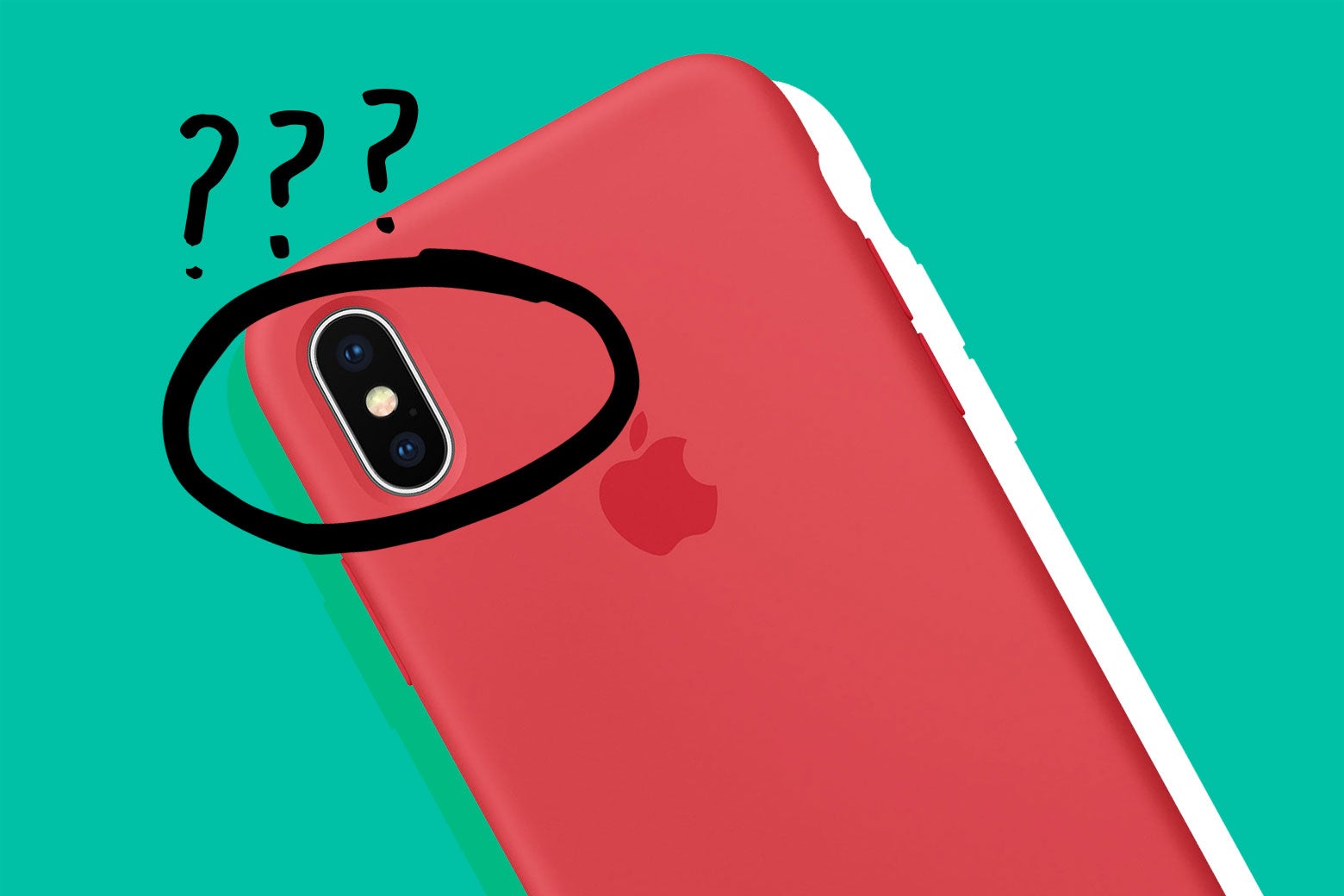Much of what’s coming in this year’s iPhones is already known. When Tim Cook takes the stage on Wednesday, we’re expecting three new devices. If the leaks and reports prove correct, we know about most of the important specifications: The phones will range in size from 5.8 to 6.5 inches. The two flagship models will feature OLED displays like the iPhone X, while a more budget-friendly option with a 6.1-inch screen will feature an LED screen like older iPhones. Battery life could improve thanks to a larger capacity battery—especially in that 6.5-inch model. We’ve even seen possible metrics for the A12 processor, the chip inside the new devices, which indicates they’re 10 percent faster than last year’s phone. But there’s one important spec we’ve heard surprisingly little about: the phones’ camera system.
In a recent report, a source told Bloomberg that for the two high-end iPhone models, speed and camera upgrades would be highlights. However, the details around that are unusually scarce. At this point, we’re reasonably confident that the new iPhones cameras won’t include a major hardware change. Reports that suggested Apple could add a third camera lens to the rear of the device, a la the Huawei P20 Pro, circulated earlier this year, but they later fizzled. That looks to be a feature we won’t see until 2019. It would seem this year’s iPhones will feature the same-style camera system as the iPhone X—dual lenses on the back, one wide angle and one telephoto, and a front-facing camera.
On last year’s flagship phone, both rear-facing cameras shot 12-megapixel images, with f/1.8 and f/2.4 apertures, while the front-facing camera captures 7-megapixel images with an f/2.2 aperture lens. (The lower the aperture, the more light reaches the camera’s sensor.) Apple could make improvements here, but the iPhone X’s specs are still on par with other leading smartphones released this year, such as the Galaxy S9 Plus, while its photo quality is comparable to the Galaxy Note 9.
And while Apple makes periodic updates to its iPhone lens array—the layers of glass or plastic that largely determine photo quality and effects beyond megapixel count—it’s not expected to make changes to its current six-part lens design, either. “With its rear camera specs, iPhone X has managed to strike a phenomenal balance between picture quality and form factor design, in our opinion, given how far we’ve come today technologically,” Apple analyst Ming-Chi Kuo wrote in November 2017. Kuo believed that upgrading to a more advanced seven-part lens design would put “undue risk” on Apple’s 2018 iPhone supply. From a hardware perspective, it seems clear: There won’t be any big changes this year.
Apple could still make noticeable improvements on the long list of its software features: body and face detection, noise reduction, burst mode, time-lapse, Portrait Mode. Low light performance is one area that is historically problematic for smartphones. Traditionally, the bigger the image sensor, the better the performance—particularly when lighting is at a premium. Smartphones, compared to DSLR cameras, are significantly constrained by the size sensor that can fit in the device. Clever hardware and software workarounds have yielded dramatic improvements on this front. It’s entirely possible that Apple could improve low-light performance without making any significant hardware changes. Portrait Mode, first introduced on the iPhone 7 Plus, has also proven an incredibly popular iPhone feature that Apple could tweak for even better shots. Digital zoom capabilities and image stabilization are other areas with room for improvement.
That we haven’t heard much on the iPhone camera front could mean two divergent things. One is that Apple has some big, likely software-related updates in the works that it’s managed to keep secret. This seems plausible: Apple tends to keep many of its development teams siloed from one another for this exact reason, so those who have been leaking information about the upcoming handset—such as the sources in Bloomberg’s August report—may have little to no detailed knowledge of what the company’s camera improvements are. The alternative is that the updates are more incremental in nature and not particularly noteworthy. Unless another big leak drops in the days and hours before Wednesday’s event, we’ll just have to wait and see what Apple has in store for the next year of iPhone photography.
